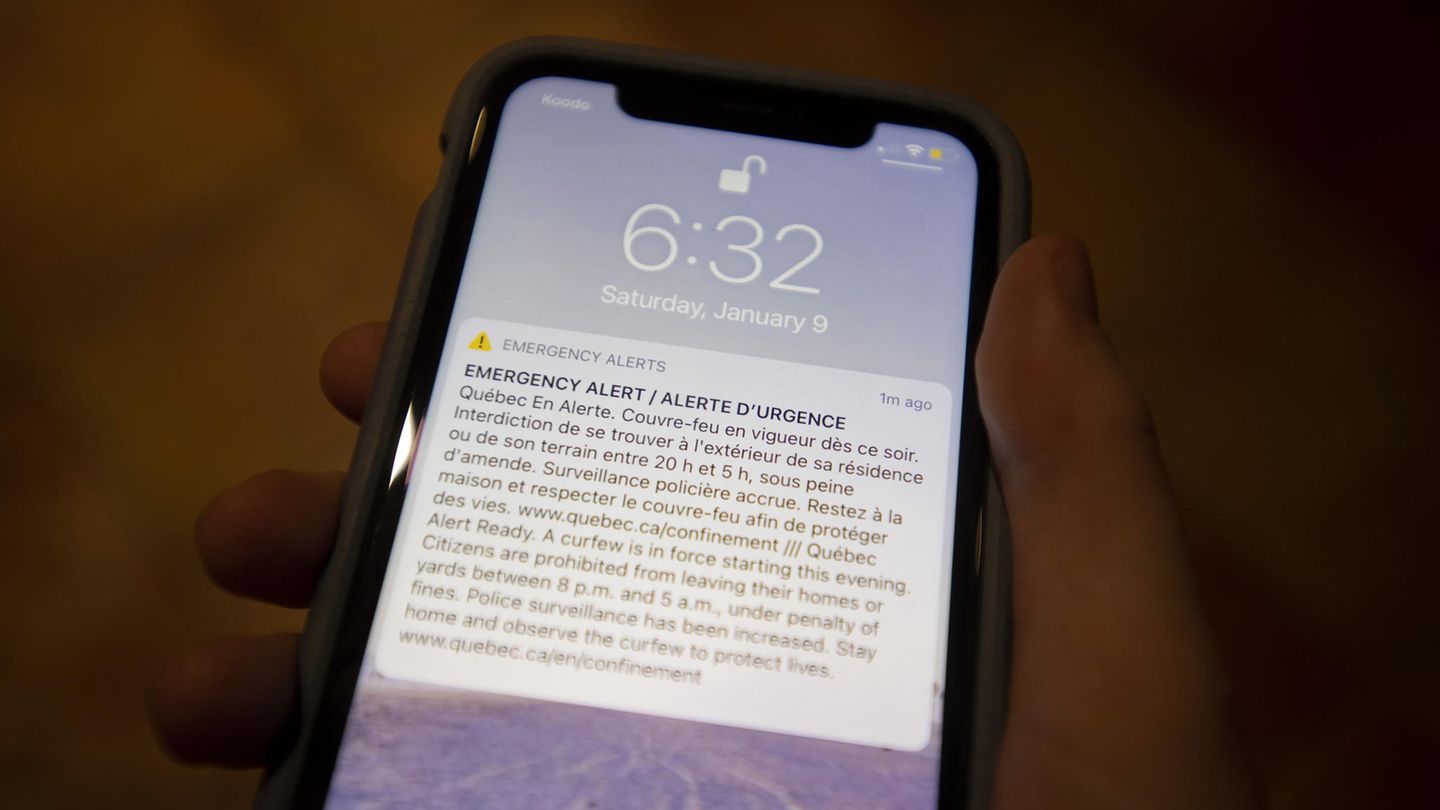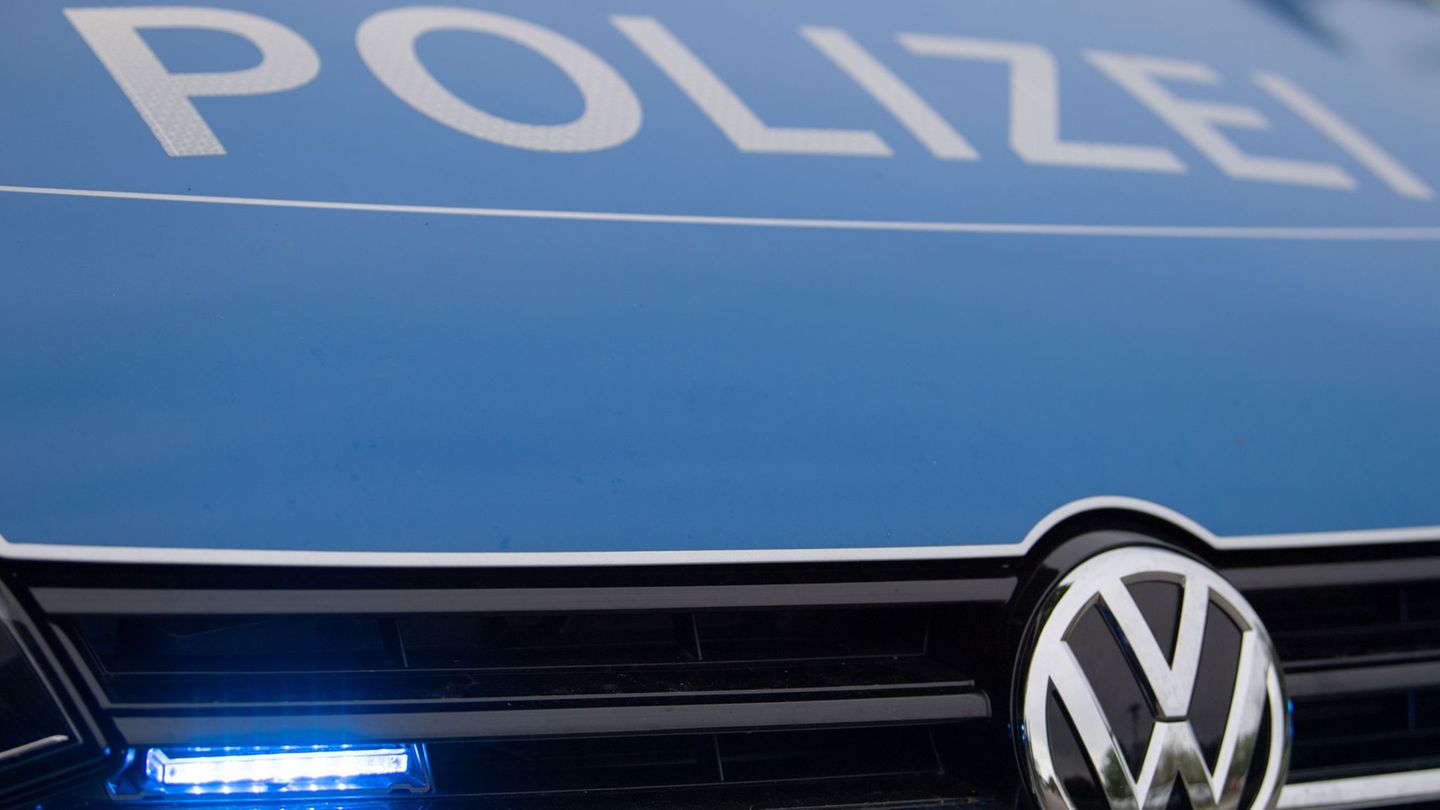Cell broadcast technology can reach almost all citizens with a single message. That would be extremely helpful, especially in disaster control. Nevertheless, it is not supported in Germany. But there is a rethinking.
The water is slowly retreating, but the consequences of the flood disaster, which killed at least 170 people, will keep the Federal Republic busy for a long time to come. One of the most important questions is, could an earlier warning have prevented the worst effects? It is also about the introduction of a system that other countries have long been using: the so-called cell broadcast.
Put simply, it is a mixture of SMS and loudspeaker announcement. Like the classic short message, a short text message pops up on the display of cellular devices during cell broadcast. The most important difference: While the SMS is sent to a single number, the cell broadcast distributes the message indiscriminately to all mobile radio devices that are currently logged into the radio cell.

Targeted warning
That has decisive advantages. On the one hand, you can specifically warn very specific regions of an impending danger, depending on the needs in the size of a few blocks to entire regions or even nationwide. On the other hand, you can reach everyone who is there – even those who are only visiting there. And that with protected privacy: Due to the way it works, the system does not require individual telephone numbers, the recipients remain completely anonymous.
Because cell broadcast works like an SMS, it can also be received if the person only has a classic cell phone and no smartphone. Since it is a one-way transmission process, the message is displayed even if the networks are overloaded with telephone calls or Internet services. These are great advantages over warning apps like “Nina” or “Katwarn”, which require a smartphone and a functioning data connection.
Already in use in other countries
In fact, it is not a technical theory. Cell broadcast is already anchored as a basic function in the mobile radio standards, supporting all currently used radio standards from the outdated 2G to the current 5G. The systems have long been in use in many countries. In Japan, cell broadcasts are used to warn of impending earthquakes; Canada, New Zealand and the Netherlands also use the systems. In the United States, Donald Trump issued the first “presidential warning” at the end of 2018. Since then, the technology has been used to warn of tornadoes and similar catastrophes.
In Germany, on the other hand, no one wanted to use the technology for a long time – on the contrary. When the EU decided last spring to implement the standard across Europe by next year, Germany fought for apps such as “Nina” or “Katwarn” to be a sufficient substitute.
Slow change
It was only after the flood disaster that things started to move. “My goal is to use a feasibility study to determine whether the introduction of cell broadcast is sensible and feasible,” said the head of the Federal Office for Civil Protection and Disaster Aid (BBK), Armin Schuster, to the “editorial network Germany” on Monday. “I don’t see any arguments that speak completely against it. But there are a number of issues to be discussed.” He expects a result in the fall.
There is also growing approval in politics. The ranks of the Greens and the FDP had already called for the technology to be tested last year. Now even Transport Minister Scheuer has called for the introduction of “Bild”. “I am in favor of us also allowing these push messages to reach citizens via the mobile phone providers. But that has always failed because the political will was lacking in some places.”
Why did Germany stand up?
The exact reasons for this are not publicly known. But there are clear indications. The Federal Network Agency already stated last year that the German Telecommunications Act does not provide that network operators can be obliged to send out warnings. A change corresponds “not to the philosophy of the Ministry of Economic Affairs”, reported “T-Online”.
Costs may also have played a role. Schuster believes that the introduction would cost at least 20 to 40 million euros. The costs arise because the required technology is defined in the standards also used in Germany, but has not yet been used in German networks, the network operators confirmed at the request of the stern.
Lots of open questions
You have to start from scratch and implement the technology in each transmission mast individually, explained a spokesman for one of the telecommunications companies. None of the providers wants to comment on the exact costs. It would depend on the exact requirements. On the one hand, a warning system must always be set up, plus there are costs for the ongoing operation of the system. Technically conceivable special functions such as an alarm tone for muted devices would also cost.
Nevertheless, the network operators emphasize their willingness to implement a corresponding system if so desired. There are many details to be clarified. Who will ultimately operate the system, who will be allowed to send messages and how they will end up on the cell phones is still completely open. In the USA, for example, even municipalities can send the messages. Whether this will also be possible in Germany is ultimately a question of implementation. Even technically, a lot is still unclear, according to providers. For example, whether smartphones offered for the German market support the function as requested or whether there has to be an update first. According to industry circles, they want to meet for the first time on Friday.
David William is a talented author who has made a name for himself in the world of writing. He is a professional author who writes on a wide range of topics, from general interest to opinion news. David is currently working as a writer at 24 hours worlds where he brings his unique perspective and in-depth research to his articles, making them both informative and engaging.




